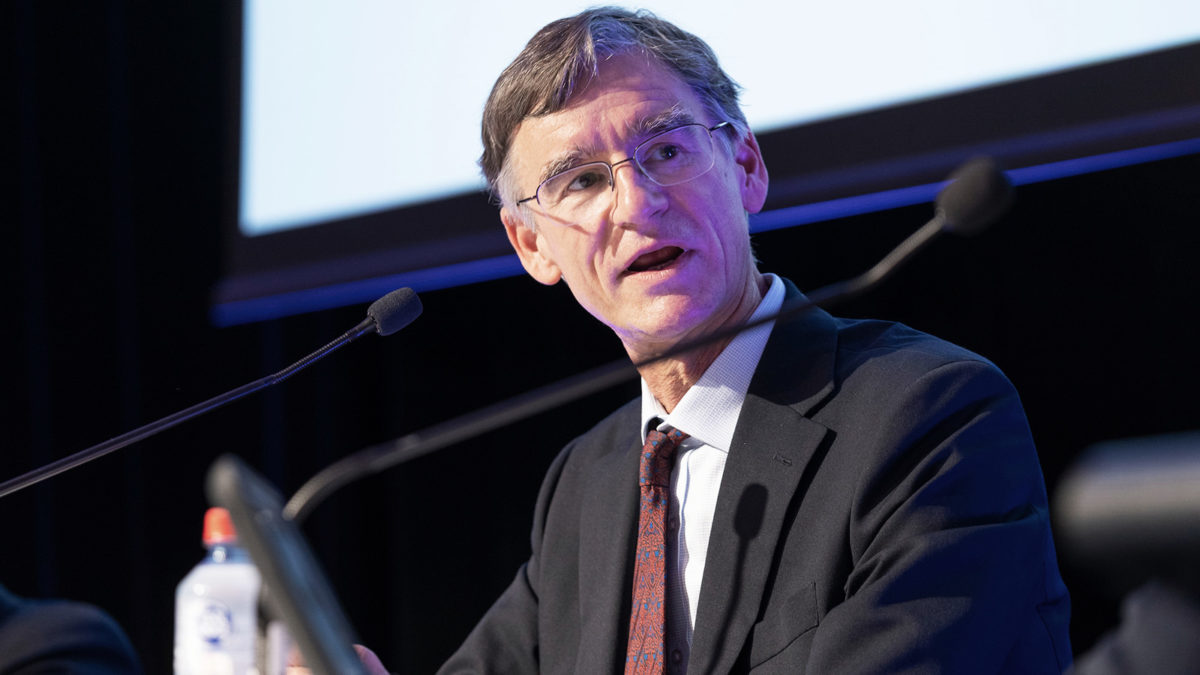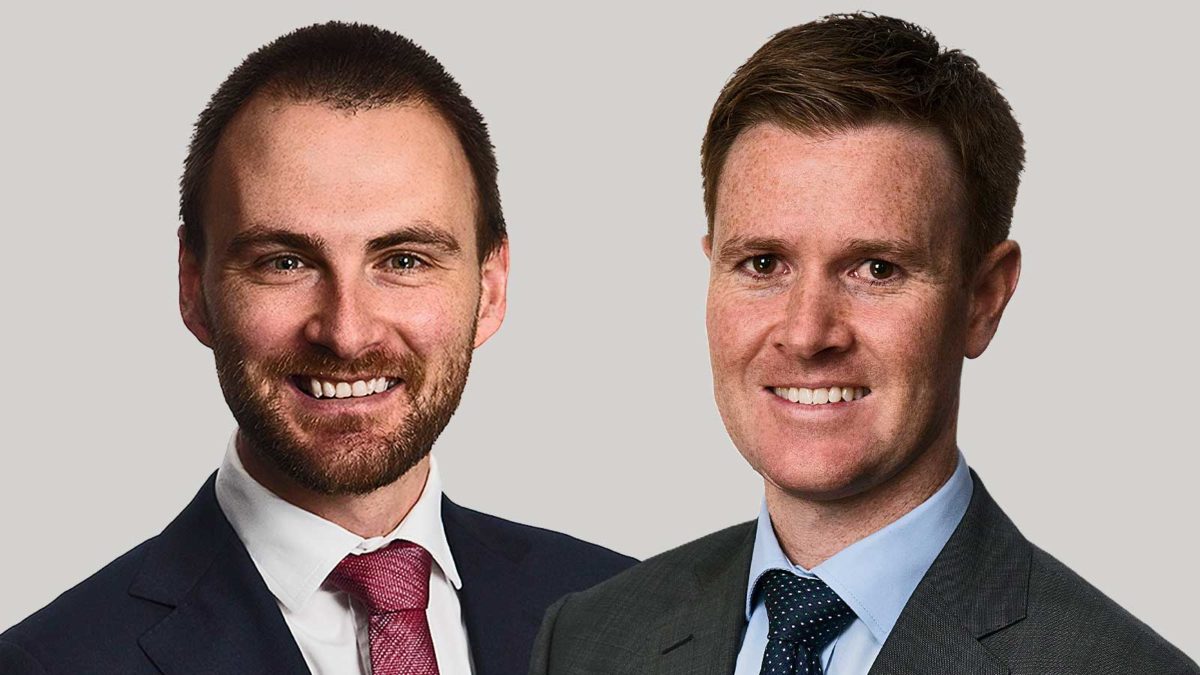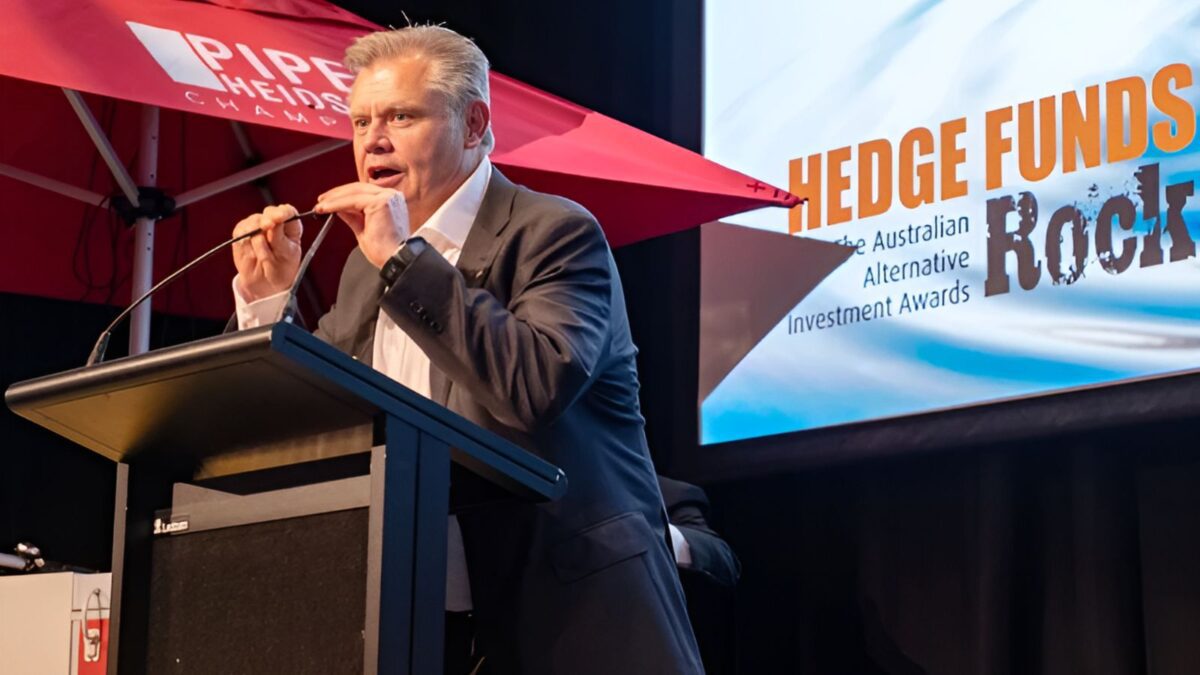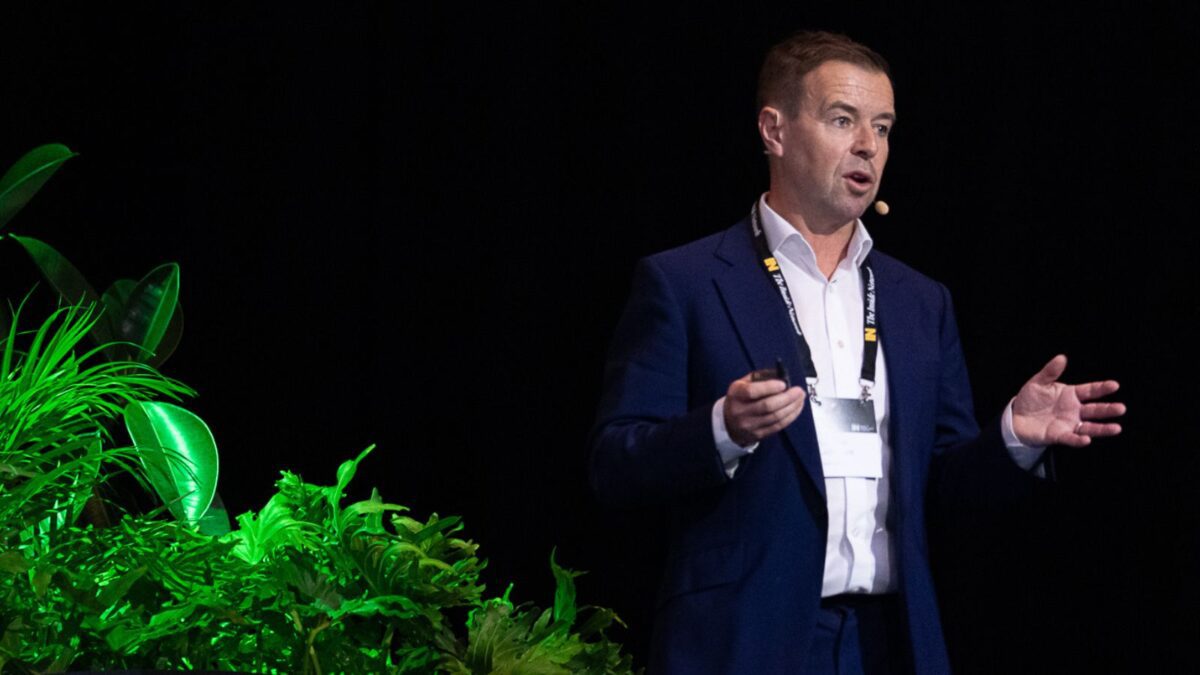Firetrail goes global – warts and all
The green boom has seen rife speculation on so-called sustainable companies without so much as a dollar to their name. Firetrail’s new global equities operation wants to find the ones with a few warts on them instead.
“It’s all about finding tomorrow’s leaders,” says Justin Gray, one of three portfolio manager for Firetrail’s new S3 Global Equity Fund. “If you look at all the data providers and what they’re telling us about the leaders in the green space, all the triple-A rated companies are already trading on very high multiples.”
“Sustainable businesses should trade on premium multiples. But investing in the companies that everybody already sees on a backward-looking basis as being the leaders has a lot of valuation risk in it. By doing the work and looking forward fundamentally, you won’t see them A-rated on a backward-looking sustainability report, but they trade at much bigger discounts. That’s where we get most excited.”
The idea of a global equities fund had been percolating in the background at Firetrail for nearly two years, with the company trying to build the right team and come to grips with the country and currency risks native to global equities that it hasn’t faced in its highly-successful Australian equity funds.
Firetrail recently nabbed Fidelity cross-asset investment specialist Anthony Doyle for the team – a reunion of sorts, given Doyle previously worked with Patrick Hodgens, Firetrail’s managing director and another manager of the fund, at Macquarie. The fund now has been seeded with $25 million from Firetrail and investments from the personnel themselves, and has at least one institutional backer. It’s all systems go.
The team doesn’t care so much if the company “has a few warts on it today”, so long as it’s prime for earnings re-ratings or upgrades when its business model taps into the broad secular trend towards sustainability.
One of the larger positions in the fund is Weyerhaeuser, one of the largest private landowners in the United States, controlling more than 12 million acres of timberland. Its primary revenue source is still selling lumber for framing and houses, but James Miller, the fund’s third portfolio manager, believes its real business will ultimately lie in carbon markets, where it might one day – when carbon prices are high enough – be more economical “to keep the trees in the ground.” It’s currently experimenting with the idea on a small scale.
“If it does that and monetises that, it’ll become a more sustainable company. The market will realise that it’s sustainable and its valuation will increase, and because the carbon price increases, you’ll get the earnings increase as well,” Miller says. “It’s an S-Curve. Most of the portfolio is what you’d call a “future leader” – it doesn’t tick all the boxes right now, but if you look five years from now, we think the company is going to change and get that valuation uplift.”
It’s likely a tough time to be starting a global equities fund, “future leaders” or no. Miller and Gray are confident that the portfolio is well-positioned to weather the inflation storm, but believe investors might not be paying enough attention to the economic impact that will come with the unwinding of fiscal stimulus. GDP growth will almost definitively slow. Inflation is one thing; can companies thrive through the hard times that have so far been avoided?
“We want to see companies with the resilience to be able to keep on growing their earnings and revenue in the face of an economic slowdown,” Miller says. “That’s what you see with in the portfolio, with the structural growers.”
“The (Nasdaq) green energy index is down nearly 40 per cent over the past 12 months, and the reason for that is everybody got excited. They were trading on really high valuations; inflation kicked in, earnings came under pressure, and all of that started to unwind. Not to mention interest rates rising too.”
Indeed, the green rush has fostered thousands of companies that are mostly unprofitable and won’t survive the next few years, not to mention encouraged lax promises around carbon emissions. The team fundamentally forecasts carbon emissions analysis, and each stock idea must get through the triumvirate of portfolio managers, with most being scrutinised two or three times before they’re added to the portfolio.
“Every decision we make is made as a team,” Miller says. “We all have to agree for a stock to go in the portfolio – that creates a fantastic culture for debate, and makes you think about stocks in ways that you wouldn’t necessarily think about as an individual.”










